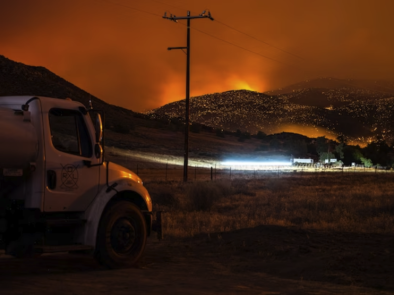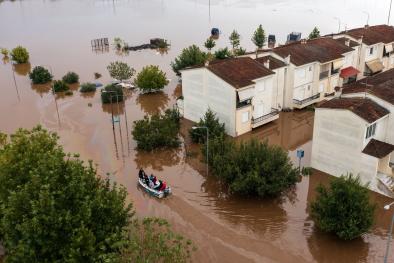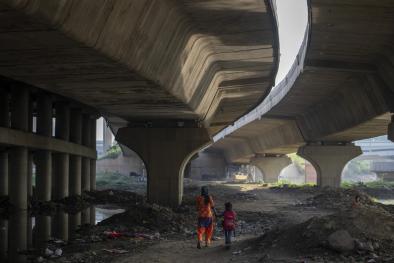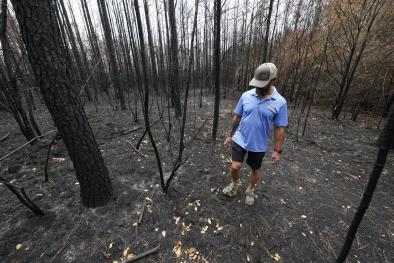Science Source
The Southern Forest Futures Project: technical report
This report summarizes the findings of the Southern Forest Futures Project, an effort to anticipate the future and to analyze what the interaction of future changes might mean for the South’s forests and the valuable services they provide.
The key findings below synthesize findings from individual chapters in the technical report but discuss only a portion of the detailed results to highlight what the authors believe is the most important information for managers and policy analysts.
10 Key Findings
- The interaction of population growth, climate change, timber markets, and invasive species will define the South’s future forests.
- Urbanization is forecasted to result in forest losses, increased carbon emissions, and stress to other forest resources.
- Southern forests could sustain higher timber production levels, but demand is the limiting factor and demand growth is uncertain.
- A strong market for biomass energy could bring wood demands that are large enough to trigger changes in forest conditions, management, and markets.
- A combination of factors has the potential to decrease water availability and degrade quality; forest conservation and management can help mitigate these effects.
- Invasive species create a great but uncertain potential for ecological changes and economic losses.
- An extended fire season combined with obstacles to prescribed burning would increase wildland fire-related hazards.
- Private landowners continue to control the future of forests in the South, but ownership patterns could change and modify the future.
- Threats to species of conservation concern are widespread but are especially concentrated in the Coastal Plan and the Appalachian-Cumberland subregions.
- Increasing populations would increase demand for forest based recreation while the availability of land to meet these needs is forecasted to decline.
Related Content
Headline

Nov 17, 2023 | Climate Nexus Hot News
Utility Responsible For Wildfire, CA Report Says
Headline

Oct 26, 2023 | Climate Nexus Hot News
The Planet is ‘Under Siege,’ Scientists Say
Headline

Oct 11, 2023 | Climate Nexus Hot News
Climate Change Forcing Children to Move
Headline

Sep 20, 2023 | AP
In a state used to hurricanes and flooding, Louisiana is battling an unprecedented wildfire season


